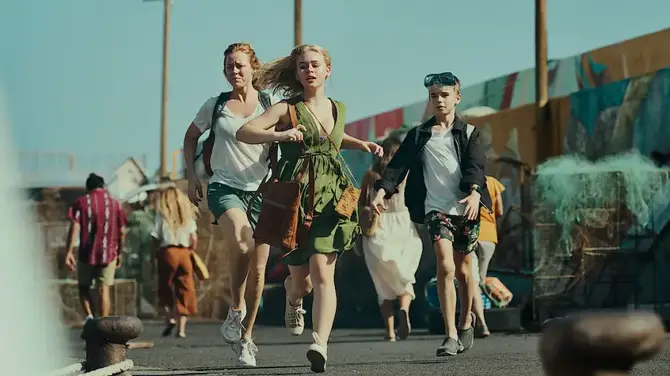Netflix’s new disaster mini-series is captivating audiences with its gripping depiction of a volcanic eruption and its potential global consequences.
From zombie outbreaks to asteroid collisions, the disaster genre has long captured our imaginations.

The series, co-written by Gudmestad and Rosenløw Eeg, stars Thea Sofie Loch Næss, Anders Baasmo Christiansen, and Ingrid Bolsø Berdal.
The plot follows a family on a holiday to La Palma, where their idyllic Christmas is interrupted by ominous volcanic activity.
As a young scientist uncovers signs of an impending eruption at Cumbre Vieja volcano, the family finds themselves in a fight for survival against ash, gas, and lava.
But the stakes go far beyond the island, as the eruption threatens to displace a massive chunk of land into the ocean, triggering a tsunami with the potential to devastate coastlines across the Atlantic.

What sets La Palma apart is its grounding in real-world science.
The series is based on a 2001 hypothesis by Steven N. Ward and Simon Day, which speculated that a volcanic collapse at Cumbre Vieja could lead to a ‘mega-tsunami.’
However, more recent studies, including one by the United States Geological Survey in 2021, cast doubt on this scenario, suggesting that such collapses occur incrementally rather than in a single catastrophic event.
Interestingly, Cumbre Vieja last erupted in 2021, and while destructive, it did not cause the dramatic chain reaction depicted in the series.

Leave a Reply